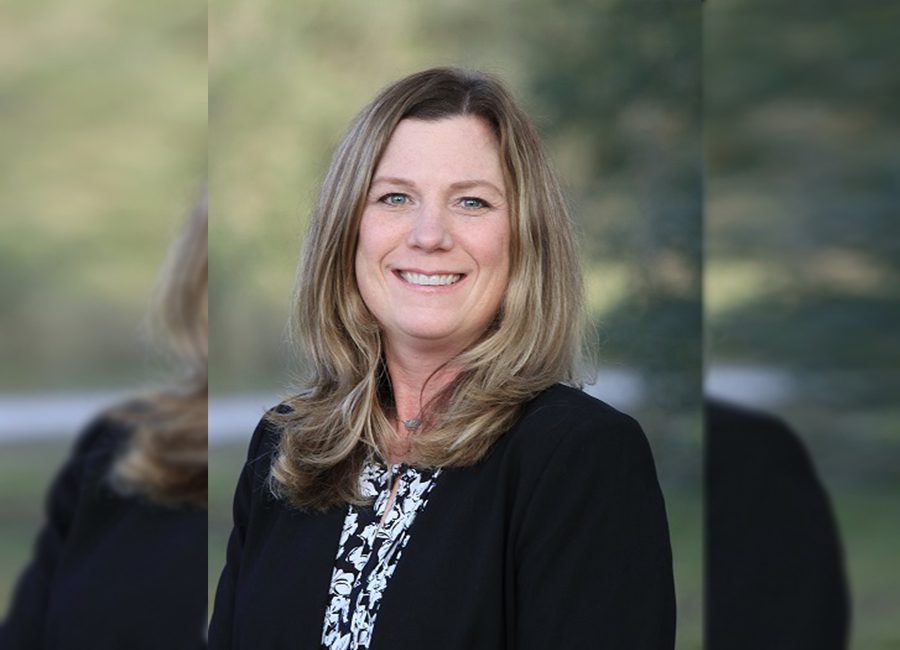Members of CGX Energy Inc.’s management team have sought to clarify that while the Kawa-1 well has been plugged and abandoned, with no intent to return to the site, appraisal work is on the cards for the future.
Exploration Manager, Jennifer Budlong reminded that Kawa-1 is a discovery with 200 feet of net pay. She said work carried out with an independent third-party laboratory to determine the nature of the hydrocarbons encountered in the pay zones in Kawa-1 is very encouraging. Budlong said cutting samples from 12 reservoir zones in the Kawa-1 well are being analyzed with a variety of geochemical methods to evaluate in situ hydrocarbons. The Exploration Manager said preliminary data from four pay intervals in the Santonian show consistent fingerprints which provide confidence in the interpretation and mitigate mud contaminants by overcoming the presence of Synthetic Oil Based Mud (SOBM) in the cuttings. Budlong said a technique called Low Temperature Hydrous Pyrolysis (LTHP) was utilized to analyze the cuttings to preserve volatile hydrocarbons.
The Exploration Manager said too that High Resolution Gas Chromatography (HRGC) analysis of the LTHP mobilized hydrocarbons demonstrate the reproducible presence of light hydrocarbons (C4-C12). She said distinctive molecular ratios in these light hydrocarbons indicate that these Santonian reservoirs likely contain a light oil, consistent with fluorescence analysis of cuttings during drilling. She said these results are supported by analysis of solvent-extracted samples from the cuttings, which contain biomarkers that show characteristic patterns consistent with a Cretaceous Santonian source.
Additionally, the Exploration Manager said measured ratios of Dibenzothiophene/Phenanthrene aromatics from the samples are low (<0.15), in line with low sulfur content and a marine shale source. Further geochemical investigation of samples taken from the Santonian, Campanian and Maastrichtian intervals continue and will be communicated when fully analyzed, the CGX official noted.
Given the encouraging aforementioned results, Budlong said, “By no means has the Company ‘abandoned’ the opportunity unlocked by the Kawa-1 well. It is the opposite; CGX is indeed very excited to pursue the development opportunity unlocked by Kawa-1.”
The Exploration Manager added that Kawa-1 was always planned as a “finder well” vs “keeper well”. In this regard, she explained that finder wells are the norm for offshore exploration wells that have no previous nearby subsurface penetrations or offset wells. She said the goal of a finder well is to test the hydrocarbon generation, reservoir presence and trap models, and establish preliminary prospectivity regarding subsurface conditions (pressures, temperatures, fluids, reservoir quality). “Kawa-1 was a finder well that has successfully been declared a discovery and that outcome supports further appraisal of the Kawa-1 discovery as well as further exploration of the Corentyne block,” Budlong noted.
She added that the decision to drill Wei-1, an exploration well that will be drilled in the second half of this year, was motivated by the discovery at Kawa-1 which carries a US$141M price tag.
As for Kevin Lacy, Drilling Director at CGX, he said, often, companies will not make a clear statement about the end of well status. He said that CGX told the market on Friday that it was always intent on not keeping Kawa-1 active because it “wanted to be completely transparent as to final well status, especially since it was part of the original plan. That plan was safely executed eliminating any future liabilities or requirements to return to the well.”
Furthermore, Lacy said it is regrettable that there may be some confusion regarding the term Plug and Abandon (P&A) but it simply means the well has been safely secured, isolating the wellbore from the ocean floor and surface environment with no future intent to re-enter and reuse the wellbore.
Lacy said this is common and in the case of Kawa-1, P&A had no connection to the positive geologic outcome; he said it was planned from the start as both the norm and for safety reasons given the high degree of uncertainty regarding subsurface pressures.
“Simply, this was a discovery well effort – and we achieved a positive outcome, safely,” explained the Drilling Director.
Mike Stockinger, Vice President of Operations at CGX highlighted that the preliminary plan for P&A was provided by CGX to the Environmental Protection Agency in the required Environmental and Management Plan (EAMP) submission in May 2021, then reviewed again after EPA approval for the EAMP, in the required Intent To Drill (ITD) meeting with EPA, Guyana Geology and Mines Commission (GMCC) and Ministry of Natural Resources (MNR) in July 2021. He said Kawa-1 was spudded in late August 2021.
Todd Durkee, Vice President of Development also noted that subsequent wells in the Corentyne block, whether around Kawa-1 or Wei-1, will benefit greatly from the data and results from what the company learned from the positive results at Kawa-1. “These results will inform the appraisal options regarding logging and possible geologic sidetracks, increasing the safety and reducing the risks. This information is also important to other operators so as to further unlock the Basin,” stated Durkee.
The CGX team, in conclusion, said it is extremely pleased with the outcome at Kawa-1 which it believes is a transformative discovery.



